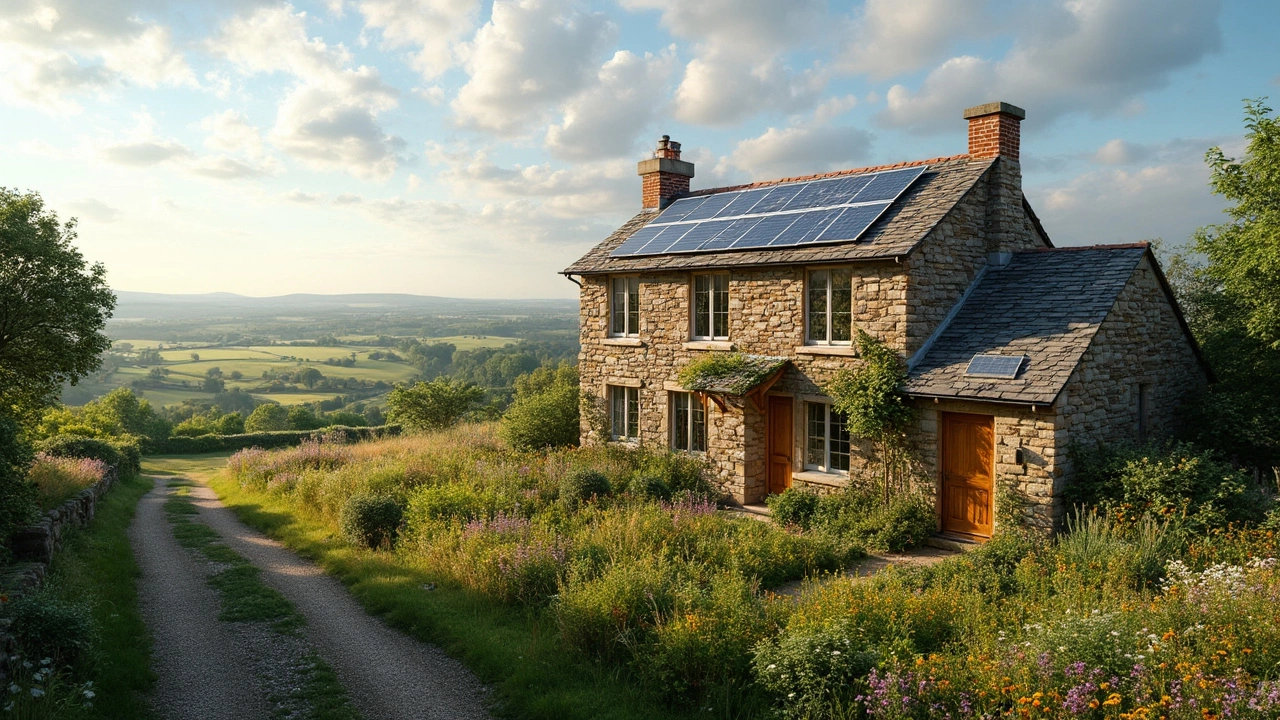
Cob Homes: Build Your Own Eco-Friendly Earth House
Thinking about a house that feels natural, cheap, and strong? Cob homes fit that bill. They are made from just soil, sand, straw, and water – nothing fancy. Because the materials come from the ground, the house stays cool in summer and warm in winter without big energy bills.
What Is Cob and Why It Works
Cob is a mixture of clay‑rich soil, sand, and straw. When you add water, it becomes a thick mud that you can shape by hand. The straw acts like tiny fibers that hold the mud together, so the walls become solid and flexible. Once it dries, cob can last for generations – there are cob houses in England that are over 200 years old.
The biggest advantage is cost. You can dig soil from your own land, buy a few bags of sand, and collect straw from a farm. That means the material cost is often less than a few hundred pounds. The other plus is sustainability. No concrete, no steel, no nasty chemicals. You’re literally building with the earth you stand on.
Getting Started: Materials and Basic Steps
First, test your soil. Take a handful, add water, and roll it into a ball. If it cracks when it dries, add more sand; if it crumbles, add more clay. Aim for a mix that holds together but doesn’t feel sticky.
Next, gather straw. Clean, dry, and cut it into short lengths – about the width of a pencil. The straw should be dry; wet straw rots fast.
Mix the soil and sand, then add water until you get a thick paste. Finally, stir in the straw until it spreads evenly. You can use a shovel, a small cement mixer, or even a sturdy bucket.
Now comes the fun part: building walls. Build a simple wooden frame or use a rope line to guide the height. Scoop the cob mix onto the frame and press it down with your hands or a tamping tool. Build in layers about 10‑12 cm thick, letting each layer firm up before adding the next. This “layer‑by‑layer” method keeps the walls strong and reduces cracking.
While the walls dry, protect them from rain. Cover with a tarp or build a temporary roof. Drying can take a week or more depending on weather. Once dry, apply a lime plaster or an earthen finish to shield the cob from moisture.
Here are a few quick tips to avoid common mistakes:
- Don’t skip the soil test – the right balance prevents cracks.
- Keep the straw dry; wet straw weakens the mix.
- Work in dry weather or protect the mix from rain.
- Use a simple roof over the walls while they cure.
- Apply a breathable plaster to keep water out but let walls breathe.
Design wise, cob walls are thick – usually 30‑45 cm – which gives great thermal mass. This means the house stores heat during the day and releases it at night, cutting heating costs. You can add windows and doors after the walls are up; just remember to leave openings wide enough for the heavy cob to flow around.
Cost-wise, expect to spend anywhere from £500 to £1500 for a small one‑room cob cottage, depending on how much material you source yourself. Labor is the biggest expense if you hire help, but most people find the building process rewarding enough to do it themselves.
If you’re new to natural building, start with a small project – a garden wall, a shed, or a tiny cabin. That gives you confidence before tackling a full house. Many online forums and local workshops offer step‑by‑step guidance and community support.
In short, cob homes are an affordable, green, and lasting way to live close to nature. With the right soil, a bit of patience, and a willingness to get your hands dirty, you can create a home that fits your budget and your values.
